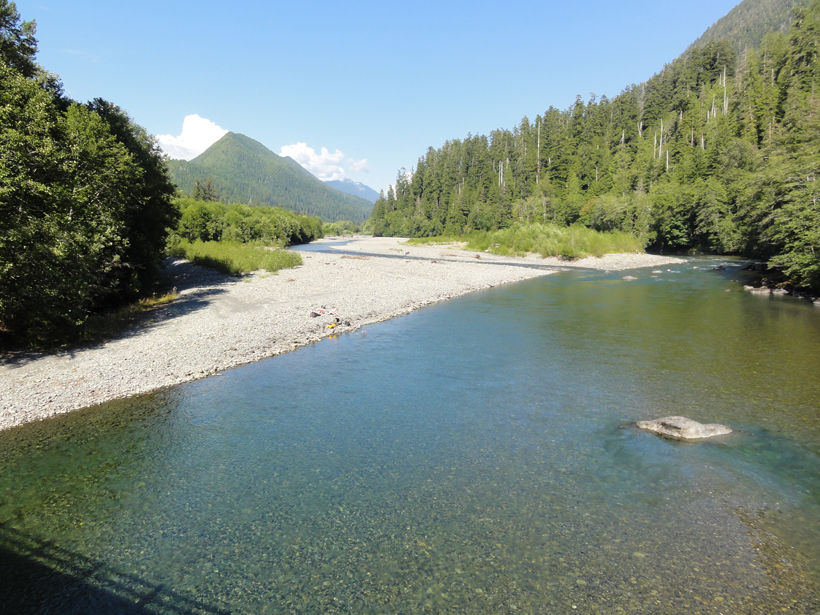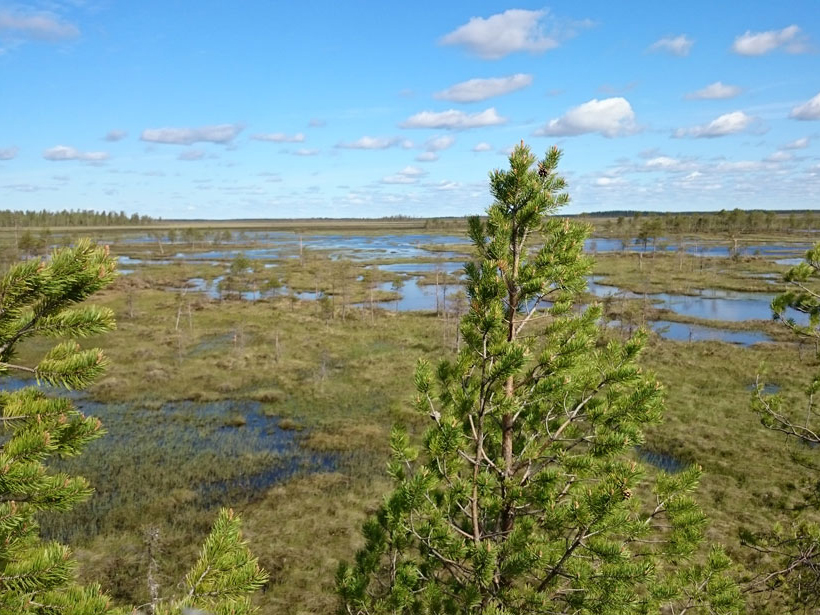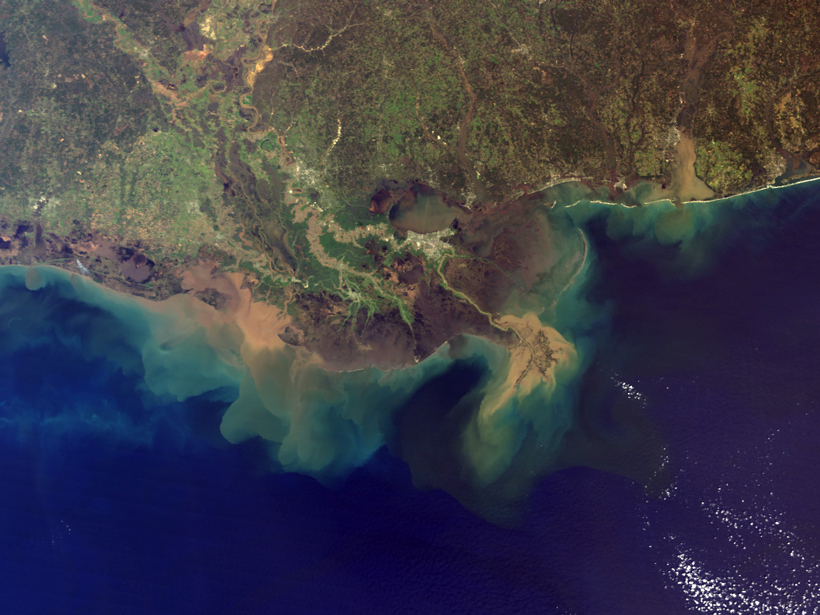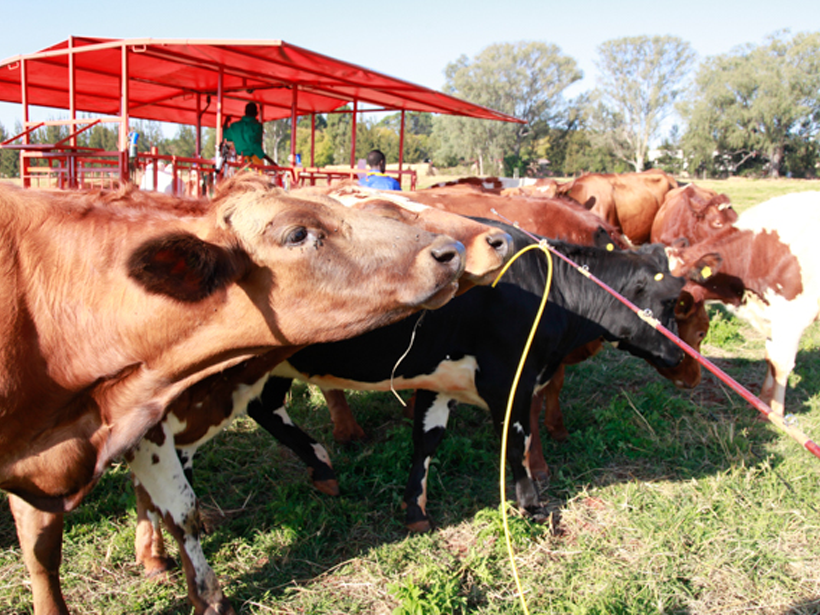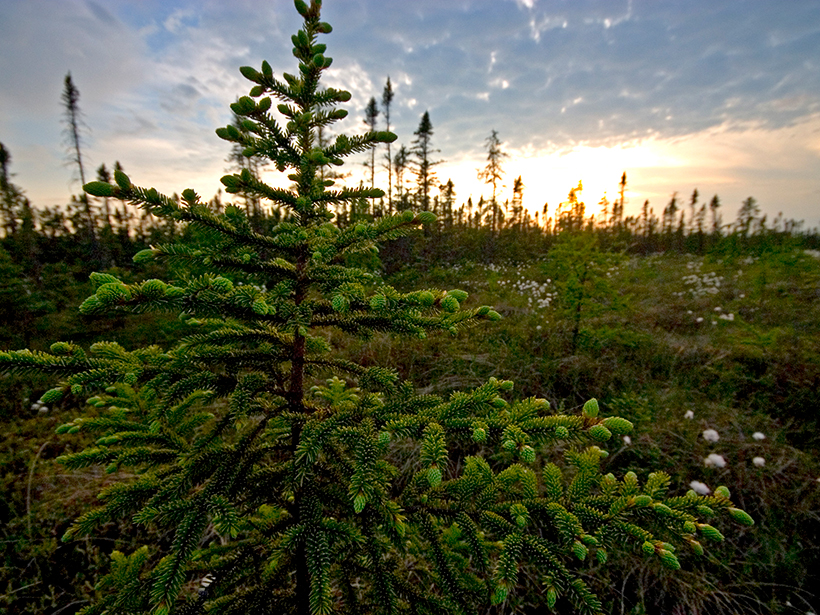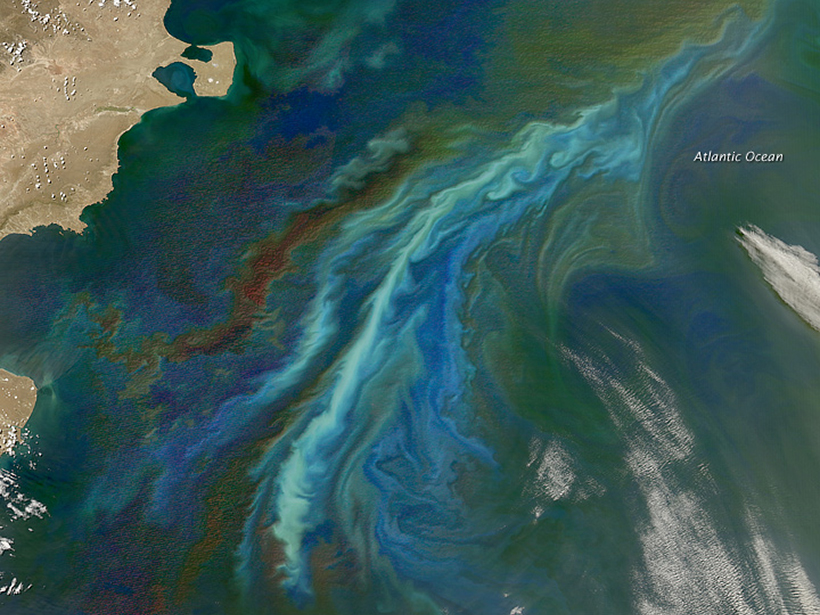Observations of carbon dioxide oversaturation in the freshwater of the world led scientists to study its underlying causes at more than 100 field locations across the nation.
Global Biogeochemical Cycles
What’s the Average Methane Isotope Signature in Arctic Wetlands?
Aircraft measurements confirm that methane emissions from northern European wetlands exhibit a uniform regional carbon isotopic signature, despite considerable ground-level heterogeneity.
High Arctic Emissions of a Strong Greenhouse Gas
Isotope data bring scientists one step closer to revealing the microbial processes behind nitrous oxide emission in the tundra.
What Proportion of River Nutrients Reaches the Open Sea?
Results of the first geographically based estimates of river nutrient supply indicate that 75% of dissolved nitrogen and 80% of phosphorus reach the open ocean.
Tiny Creatures Form Massive, Bright Ring Around Antarctica
Dense algae populations in the Great Calcite Belt could cause carbon dioxide release from the ocean into the atmosphere.
Smoke Signals in the Amazon
Forest fires can occur naturally, but in the world's largest rain forest, fire can signal large-scale deforestation.
Using Isotope Fingerprints to Solve a Methane Mystery
Atmospheric methane levels are rising, and isotopic ratios within the greenhouse gas suggest that the tropics may be to blame.
A Wetter Climate Increases Methane Production in Peat
As northern Minnesota's climate got wetter, precipitation drove mobile forms of young carbon deeper into peatlands, doubling the size of methane-producing strata.
Can We Predict the Future of Ocean Carbon Dioxide Uptake?
A new understanding of uncertainties in climate change models allows scientists to decide which source to tackle first in order to better forecast our planet's changing climate.
A New Mechanism for Nitrogen Cycling in the Southern Ocean
A nitrite-oxidizing enzyme may work in reverse for some microbes in the Antarctic autumn.

